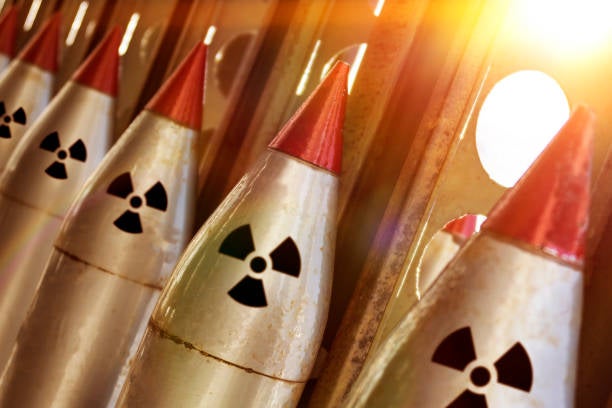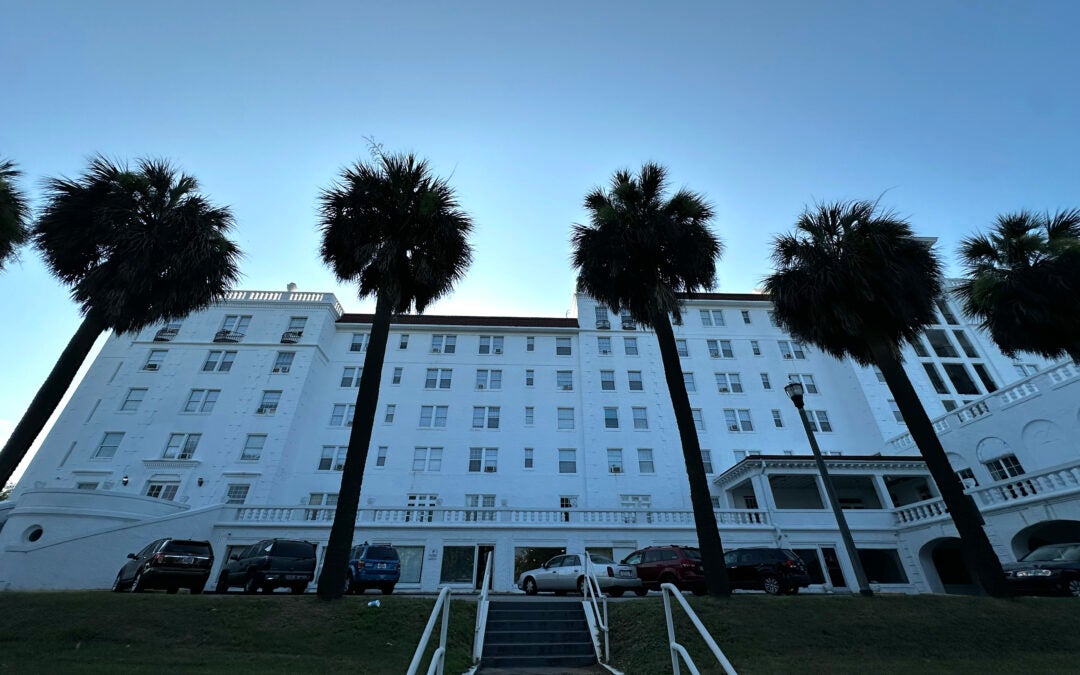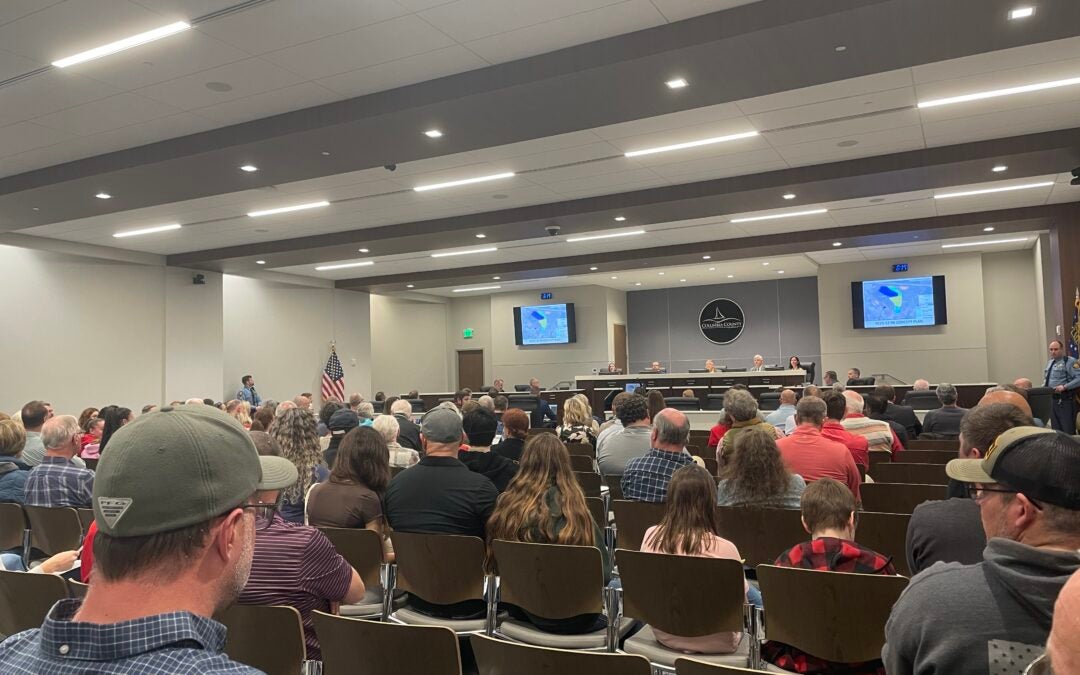It sounds like a scenario out of the plot of a Hollywood blockbuster movie.
A warplane carrying a nuclear weapon crashes and the warhead is then recovered by scrap metal dealers. It is then sold off to a terrorist group who attempt to use it to start a nuclear war.
Actually, that was the plot of a movie starring Ben Affleck. In “The Sum of all Fears,” Affleck’s character discovers that the missing bomb is not of Russian origin, but was built right here in the CSRA at the Savannah River Site.
It may seem scary to us now, having a “bomb plant” right outside our back door, but in the 1950s through the late 1980s, the Savannah River Site was at the forefront of the nation’s nuclear stockpile production. What would really be scary would be for nuclear material, in the form of a bomb, to vanish.
It did, and it remains out there, somewhere at the bottom of the ocean.
In an example of art imitating life, the opening scenes of “The Sum of all Fears,” are somewhat based on events that happened in real life. However, unlike the movie, where the bomb is lost in a desert in the Middle East, the bomb in real life is resting somewhere in the Atlantic Ocean off the coast of Savannah.
According to the Center for Arms Control and Non-Proliferation, in February of 1958, a B-47 bomber on a training mission, collided midair with an F-86 fighter jet.
While the B-47 was not mortally damaged, out of caution, the pilot, Col. Howard Richardson, jettisoned a 7,600-pound nuclear bomb into the water below before landing safely at Hunter Air Force Base.
Later, red-faced Air Force brass had to admit that they didn’t know the location where the bomb landed or at what depth it could lie. Even more alarming, the Air Force could not state whether the bomb had a “dummy” trigger or if the bomb was active.
The Air Force conducted a tedious search, using hand held sonar devices, over the area of Wassaw Sound that lasted nearly three months, but failed to find the bomb.
According to the Center for Arms Control and Non-Proliferation, a survey of the area in 2001 concluded that the missing bomb is likely covered in between 5 to 15 feet of sand and silt; meanwhile, the Air Force insists that lying in the saline atmosphere for so long, any trigger mechanism would be rendered inert.
So, the bomb is not likely to explode, but remains a danger in terms of possible radiation exposure to wildlife. According to the Georgia Department of Natural Resources, the Port of Savannah alone has a total economic impact of $140 billion in FY 2021. This is due to commercial fishing and a large radiation spill could have a devastating effect on that industry.
After 67 years, it appears that the Air Force has given up on ever finding their lost nuke, but that doesn’t necessarily mean they aren’t still looking.
Many years after the Cold War ended, Naval officials finally disclosed that the expedition that found the lost RMS Titanic steamship was actually a cover story hiding what the Navy was really looking for.
The same group that found Titanic actually went to sea looking for the USS Scorpion, a submarine lost with a nuclear reactor on board.
…And that is something you may not have known.
Scott Hudson is the Senior Investigative Reporter, Editorial Page Editor and weekly columnist for The Augusta Press. Reach him at scott@theaugustapress.com










